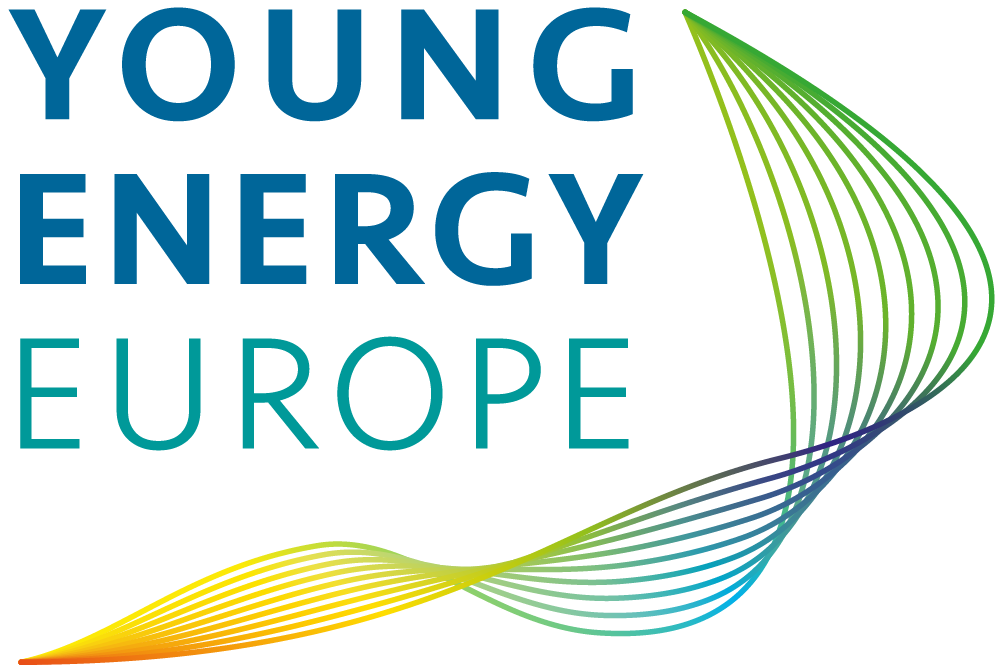The technology group ZF Group, active in 41 countries, is one of the world’s largest automotive suppliers with a focus on drivetrain and chassis technology. The ZF Serbia doo plant in Pancevo with 750 employees houses an e-mobility division and a research and development centre on a nine-hectare site.
In their practical project, the three-member Energy Scout team Andriana Petrović, Miodrag Njagul and Ljubiša Kordić identified potential savings in compressed air generation – an “energy-saving classic”, as it is often possible to make large savings for relatively little investment. More specifically, they targeted the compressor system that supplies compressed air to the production processes on the 58,000 m2 site.
Leakage detection in the company
The Energy Scouts first checked the two compressors and pipes for leaks. The inspection is supported by a measuring device, but also the scouts’ senses are in demand. By listening and feeling, cracks can be detected, but also noises that indicate a defect. When the compressor was shut down, the team immediately noticed a hissing of air at the inlets, the couplings and the drain valves of the compressor. Air was escaping unnecessarily through the smallest cracks in the pneumatic hoses, but also through daily manual intervention in a mechanical condensate drain.
Appropriate measures for optimisation were initiated
The four scouts identified four measures to operate the compressor unit more efficient in the future:
- regulating the compressed air level to the lowest possible value. Each reduction of 0.14 bar reduces the energy consumption by about 1% in the range of 6 to 8 bar. 2.
- lowering the air temperature leads to a reduction in the electrical power requirement of the system. A 6° C cooler intake air reduces the operating time of the compressor by 2%.
- regular maintenance and checks. The intended leakage rate is reduced from 20% to 10% through more frequent leakage checks and preventive maintenance.
- The interaction of the two compressor types GA160 and GA160 VSD (Variable Speed Drive) is optimised so that the latter (variable speed) and more efficient type gets proportionally about 50% more running time.
The four measures add up to efficiency increases of 31% for the system. Financially, the approach is impressive – with one-time investment costs of €2,500 and energy savings of 420 MWh (≙ around €30,000 per year), the Serbian Energy Scouts’ project pays for itself after just over a month!
The Energy Scout Team from ZF Serbia convinced the YEE jury in Serbia with their focused approach and excellent payback time and won the competition out of a total of 23 practical projects and teams.
Compressed Air Systems
- Industry sector: automotive supplier
- Energy source: electrical energy
- Energy saving potential: 420 MWh/a
- CO2 saving potential: 441 tons CO2/a
- Potential cost reduction: 29,400 €/a
- Investment cost: 2,500 €
- Payback period: 0.1 years
- Company:
ZF Serbia doo
7. nova 7
Pančevo 26000
Serbien
https://www.zf.com/site/locations/en/europe/serbia_locations/serbia.html


